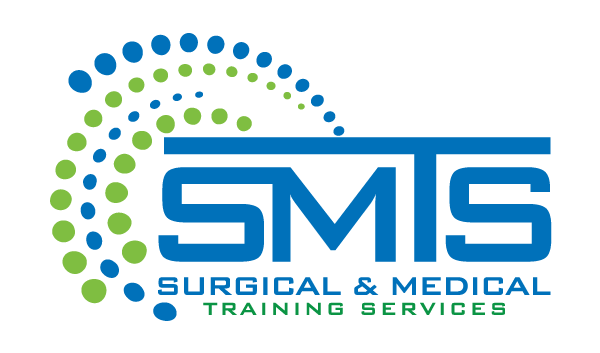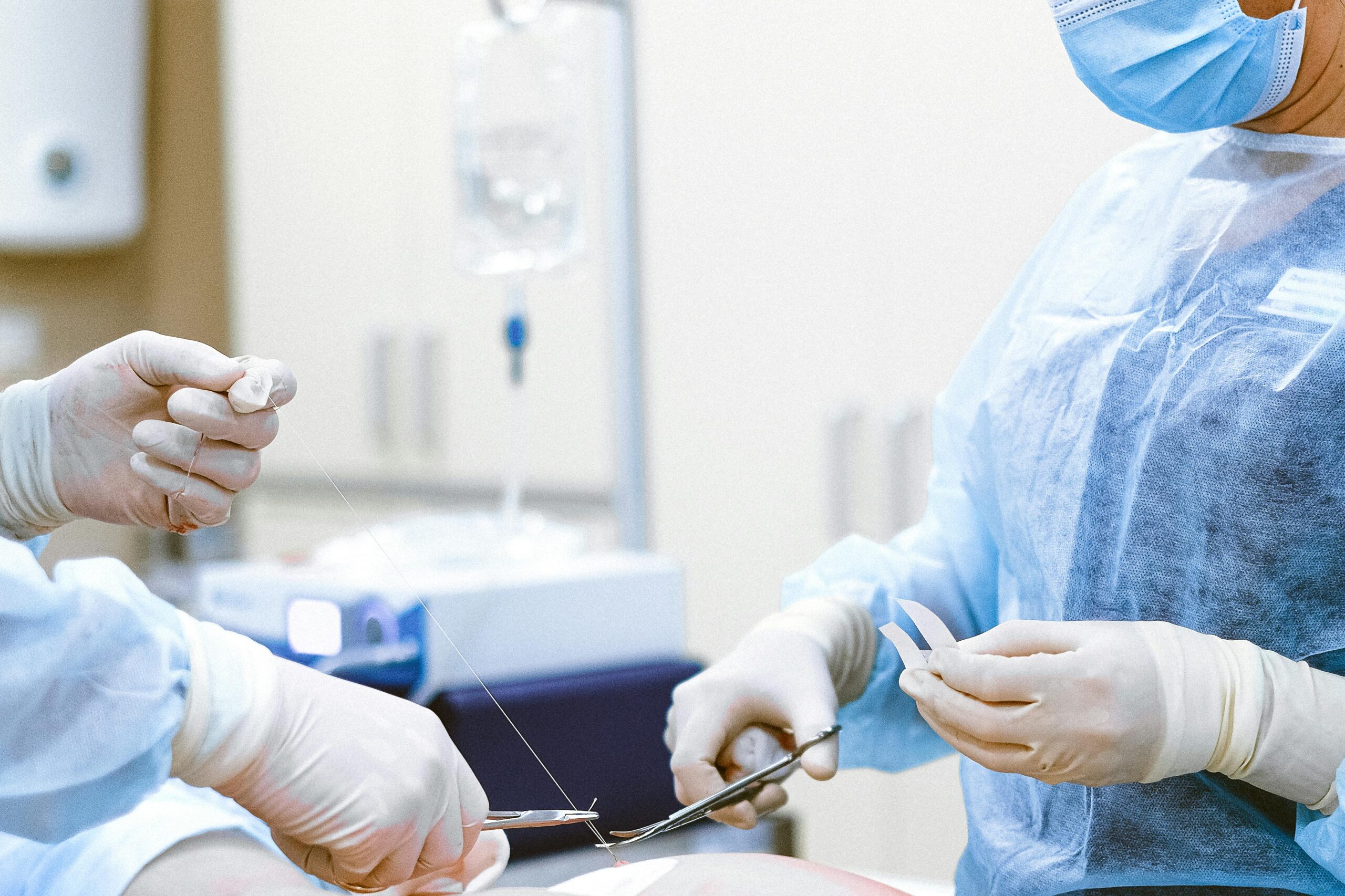In the ever-evolving world of medicine, hands-on experience remains one of the most effective ways for professionals to master new techniques and technologies. A bioskills lab provides exactly that opportunity. Designed to replicate real surgical environments, these specialized facilities allow surgeons, physicians, and other medical professionals to practice procedures, test devices, and refine their skills in a safe, controlled setting.
What is a Bioskills Lab?
At its core, a bioskills lab is a training and research facility where medical teams can work directly with cadaveric specimens, synthetic models, and advanced simulation tools. Unlike a traditional classroom or lecture hall, a bioskills lab focuses on applied learning. By offering access to human tissue and realistic surgical equipment, it allows participants to bridge the gap between theory and practice.
These labs are commonly used by:
- Surgeons and residents to sharpen their surgical techniques.
- Medical device companies to demonstrate new tools or implants.
- Military medical personnel to prepare for combat trauma scenarios.
- Hospital staff and surgical teams to practice collaborative procedures.
Why Bioskills Labs Matter
Medical technology advances at a rapid pace. New implants, minimally invasive devices, and robotic systems enter the market every year. For surgeons and staff, staying current is not optional—it’s essential for patient safety and successful outcomes.
Bioskills labs provide several key advantages:
- Hands-On Practice – Surgeons can perform procedures on cadaveric tissue, gaining tactile feedback that closely mimics real surgery.
- Safe Environment – Mistakes become learning opportunities without risk to patients.
- Collaboration – Teams can train together, improving communication and workflow in the operating room.
- Innovation Testing – Medical device manufacturers can showcase products and gather feedback directly from end users.
What to Expect in a Bioskills Lab
A well-equipped bioskills lab typically includes:
- Operating room setups with surgical tables, lights, and instrumentation.
- Cadaveric specimens or anatomical models for hands-on dissection and practice.
- Imaging technology such as fluoroscopy or ultrasound to replicate real surgical conditions.
- Classroom or lecture spaces for instruction before and after labs.
The goal is to simulate the clinical environment as closely as possible so participants leave with confidence and competence.
The Future of Bioskills Training
As medicine becomes increasingly complex, the demand for bioskills labs continues to grow. Many are incorporating virtual reality (VR) and augmented reality (AR) tools to complement cadaveric training, giving professionals even more ways to prepare for challenging cases.
For medical professionals, investing time in a bioskills lab is more than professional development—it’s a commitment to better patient care. For device companies, it’s a chance to ensure their innovations are used safely and effectively. And for the medical field as a whole, bioskills labs represent a vital bridge between education, technology, and practice.

